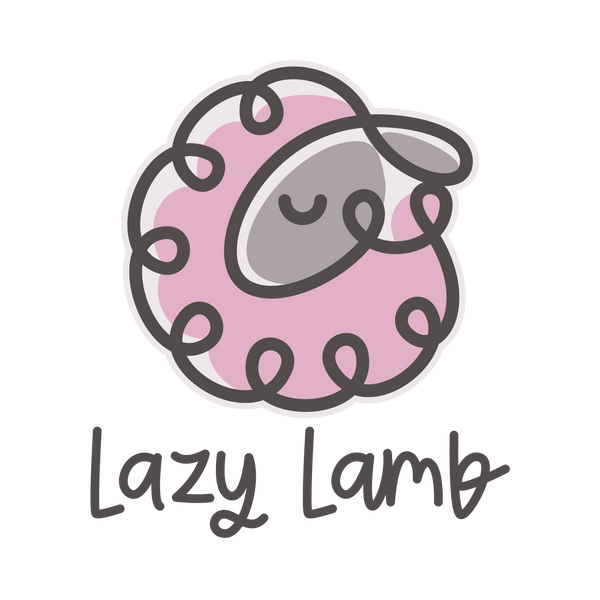Adding joints to your plush toys can give them even more personality and a little dynamism- instead of a static pose, you can now pose your handmade friend in all sorts of cute (and silly) ways.

There are many ways to make a plush posable, but today I'm just going to look at plastic washer joints. These function very similarly to the button joints you often see on vintage teddy bears, but are completely invisible once installed. I'm focusing on this type of joint because it's my favorite to work with. You can buy these joints here!
How do plastic joints work?
Each joint is a set of 3 pieces- a peg, a separator, and a washer.

The peg is a flat piece with a textured bit that sticks out. This bit goes through both the limb and the body piece of the doll and gives the limb a point to rotate on.
The separator is a little donut of plastic that goes between the joint and the washer and limits the friction between the two pieces so that the joint can turn smoothly without catching the fabric.
finally, the washer snaps over the peg, which is textured in such a way that it can't be removed without removing the entire joint, making these joints very sturdy!
Selecting the right joint size
When picking out your joints, you want them sized so that the flat part takes up most (but not all) of the area around the joint. Too small of a joint will result in floppy limbs, and too large won't fit inside the piece.
For this project, I'm using our 25mm joints for the arms (1st image) and our 30mm joints for the legs (2nd image)
As you can see, the 30mm joints are too small, so the legs aren't as flush with the body on the finished piece as I'd like. I swear I did this to illustrate that sizing is important, and not just because I didn't feel like buying larger joints....


How to use plastic doll joints
Step 1.
Start by sewing up the limbs and the body and marking off the points where the center of the joint will be. This is the point the piece will rotate around, so it will usually be placed at the shoulders and hips. Patterns for jointed plush will generally include markings for these points.
Step 2.
Snip a small hole at the mark. It's better for it to be too small than too large- you can always expand it if the peg doesn't fit through, but making it smaller is much more annoying.

Step 3.
Flip the piece right-side out and shimmy the joint inside, then poke the peg out through the center hole. Stuff the piece and sew up the opening.



Step 4.
Poke the peg through the corresponding hole on the body (make absolutely sure you're not putting a leg where an arm goes- these joints can't be pulled apart easily!)


Step 5.
Place the spacer piece over the peg. It should slide on easily and feel almost a little loose.


Step 6.
Snap the washer into place over the peg. You should need to exert some force here- I like to use both my thumbs to push the washer over the peg, but you can also use pliers if you struggle with grip strength. You'll hear it click 2-3 times depending on how thick your fabric is- make sure no fabric gets caught between the washer and spacer when you do this!


Repeat with each limb.
Step 8.
Stuff and finish the doll!

Alternative peg-inserting method
Another option is to cut a slit in the limb piece starting at the center mark, then flip and stuff the piece before inserting the peg into the slit.

Once the peg is situated, you can sew up along the slit to secure the peg.

Either method works just as well. This method will result in a more obvious seam, but in a more hidden location, so it's really a visual preference more than anything.


2 comments
thank you soooo mcuh, that was amazing
Thank you so much for the info! I love the kitty you have demonstrating the joints in this tutorial. Is there a pattern available? Thanks again!!!